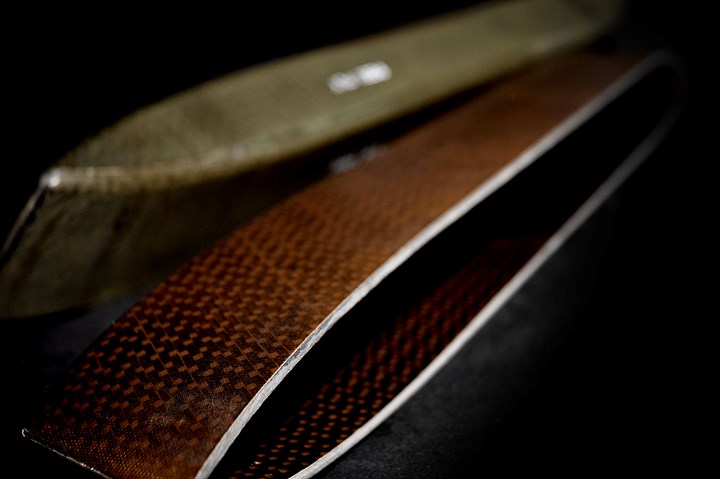Composites design and manufacturing services for aerospace, defense
CAMX 2023: Matrix Composites is emphasizing its design and manufacture services for aerospace, defense, infrastructure and commercial/general aviation composite components and assemblies.
Matrix Composites (Rockledge, Fla., U.S.) is emphasizing its design and manufacture services for a broad range of high-performance composite components and assemblies.
Operating under ITT Connect & Control Technologies (White Plains, N.Y., U.S.), Matrix Composites serves the needs of customers engaged in critical applications in the aerospace and defense industries. Full-service capabilities include design, development, tooling, fabrication and integration. The company’s experienced team of engineers routinely applies the latest technologies in materials and processing methods to fabricate complex geometries.
With a heritage deeply rooted in materials and process engineering, Matrix says it excels in the field of precision resin transfer molding (RTM) and conventional composites. The company’s robust manufacturing methods are ideal for composites and integrated structures requiring multiple finished surfaces, low void content and high fiber volume. Using precision machined tools and high-pressure processing systems, Matrix produces composite components with a high degree of repeatability and process control.
Other supported processes include hot isostatic resin pressure molding (HiRPM), compression molding, autoclave and oven curing, and trapped rubber and bladder molding. HiRPM, the company’s proprietary closed molding solution in particular, is an ultra-precision technique used to custom manufacture parts for aerospace and defense applications. The technology is a compilation of distinctive tooling and manufacturing methods that reportedly result in improved part quality and reduced cost.
Matrix Composites highlights notable product experience in:
- Commercial aviation: Fixed and rotating engine components; complex integrated engine structures; engine nacelles; and waste tanks.
- General aviation: Interior and seat components; skins; primary structures; heat and A/C ducts; wind-swept surfaces; and waste tanks.
- Military/defense: Skins; spars; radomes; antennas; munitions housings; ducting; and fixed and rotating engine components.
- Aerospace: Space shuttle composite shields; satellite and space optics structures; space hab floor panels; aircraft fuselages, interior components, wind-swept components, radomes and fairings, antennas and ducting; and fixed and rotating aircraft engine components.
- Infrastructure: Artificial foliage for theme parks and cellular towers; lightweight honeycomb launch tower platforms; and composites for ground support systems.
Related Content
-
Composites manufacturing for general aviation aircraft
General aviation, certified and experimental, has increasingly embraced composites over the decades, a path further driven by leveraged innovation in materials and processes and the evolving AAM market.
-
The potential for thermoplastic composite nacelles
Collins Aerospace draws on global team, decades of experience to demonstrate large, curved AFP and welded structures for the next generation of aircraft.
-
Cryo-compressed hydrogen, the best solution for storage and refueling stations?
Cryomotive’s CRYOGAS solution claims the highest storage density, lowest refueling cost and widest operating range without H2 losses while using one-fifth the carbon fiber required in compressed gas tanks.

















